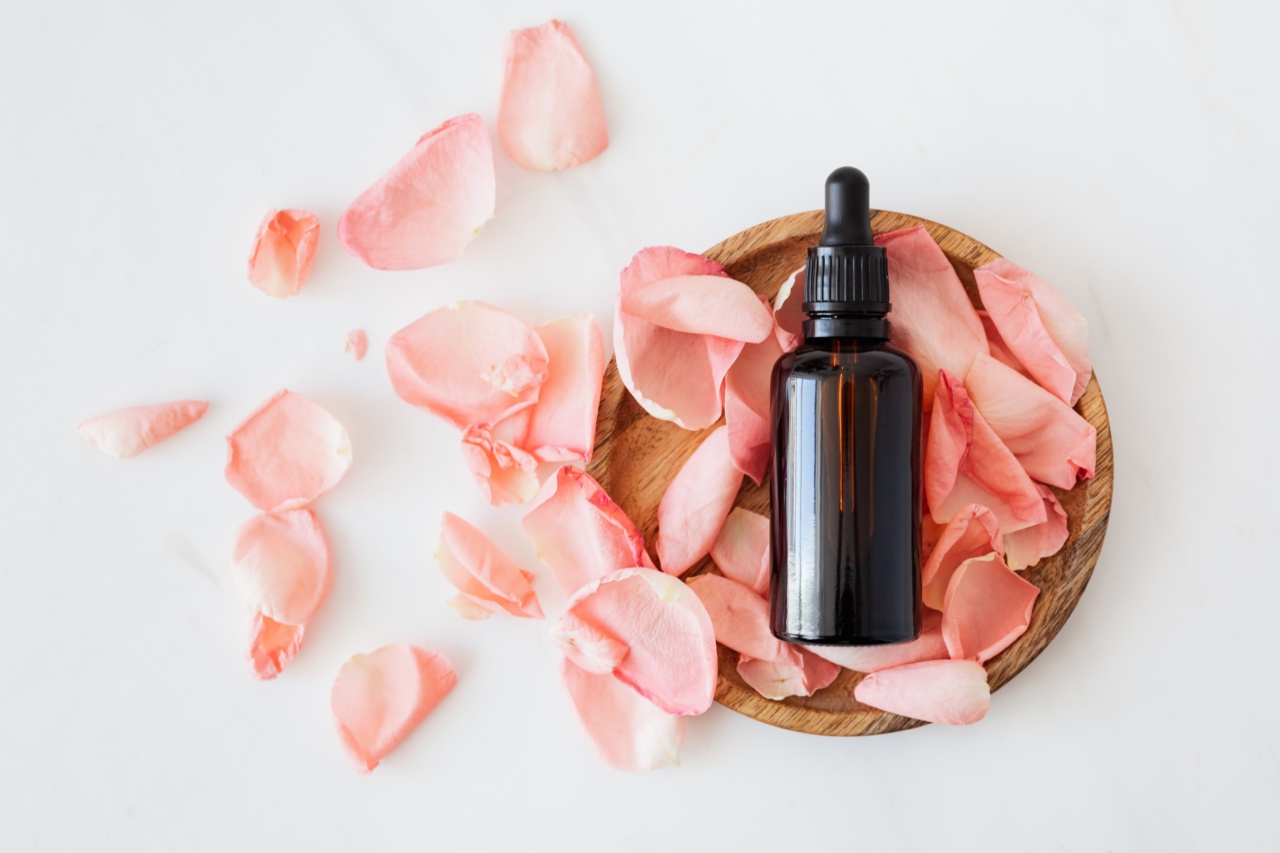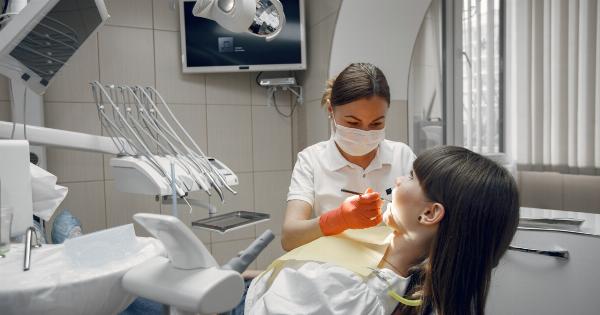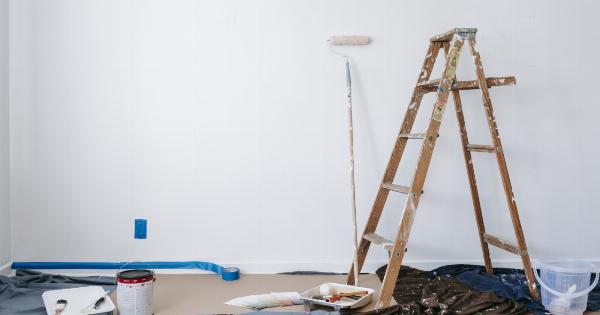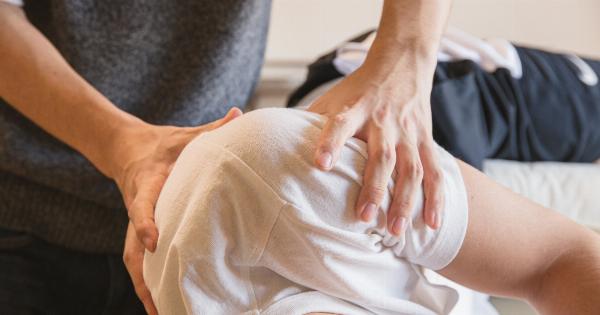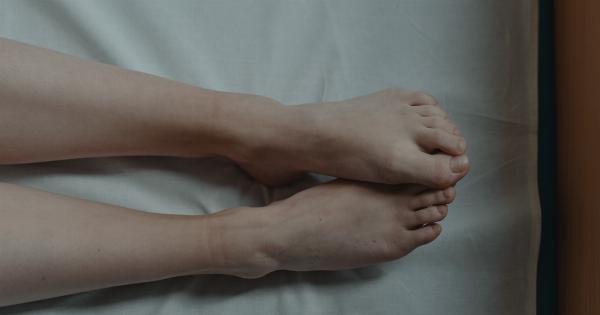Lymphedema is a chronic condition characterized by the accumulation of lymph fluid in certain parts of the body.
It typically occurs when the lymphatic system, which is responsible for draining excess fluid from tissues and transporting immune cells, is damaged or compromised. This can lead to swelling, discomfort, and other related complications. In this article, we will explore the basics of lymphedema, its causes, symptoms, and various treatment options available.
Causes of Lymphedema
There are two main types of lymphedema: primary and secondary. Primary lymphedema is a rare genetic condition that affects the normal development and function of the lymphatic system.
It is typically present at birth, although symptoms may not appear until later in life.
Secondary lymphedema, on the other hand, is more common and occurs as a result of damage or disruption to the lymphatic system. This can happen due to various reasons, including:.
- Surgical removal of lymph nodes
- Radiation therapy
- Cancer, especially breast cancer, gynecological cancers, or melanoma
- Trauma or injury to the lymphatic system
- Infection
- Obesity
Symptoms of Lymphedema
The primary symptom of lymphedema is swelling in one or more limbs, typically in the arms or legs. This swelling may be accompanied by a feeling of tightness or heaviness in the affected area. Other common symptoms include:.
- Restricted range of motion
- Aching or discomfort
- Thickening or hardening of the skin
- Recurring infections
- Pitting or indentation of the skin
If you experience any of these symptoms, it is crucial to seek medical attention for proper evaluation and diagnosis.
Diagnosis and Treatment
Diagnosing lymphedema usually involves a physical examination, medical history review, and, in some cases, imaging tests such as lymphoscintigraphy.
Once diagnosed, the primary goal of treatment is to manage and control the swelling, improve symptoms, and prevent further complications. The treatment options for lymphedema include:.
1. Compression Therapy
Compression therapy involves wearing specially designed compression garments or bandages to encourage lymph fluid flow and reduce swelling.
These garments apply gentle pressure to the affected area, preventing the accumulation of fluid and promoting its drainage. Compression therapy may be used in combination with other treatment modalities.
2. Manual Lymphatic Drainage (MLD)
MLD is a type of therapeutic massage technique that involves gentle, rhythmic strokes to stimulate the lymphatic system and encourage the movement of lymph fluid.
This technique is usually performed by a trained therapist and can help reduce swelling and improve lymphatic flow.
3. Complete Decongestive Therapy (CDT)
CDT is a comprehensive treatment approach that combines various techniques to manage lymphedema effectively. It typically includes manual lymphatic drainage, exercises, compression therapy, and skin care.
CDT aims to reduce swelling, improve function, and teach self-care techniques to maintain progress.
4. Exercise and Physical Therapy
Regular exercise, focusing on specific movements and routines, can help stimulate the lymphatic system and enhance fluid drainage.
Physical therapists can provide individualized exercise programs tailored to the needs and abilities of individuals with lymphedema. It is important to consult with a healthcare professional before starting any exercise regimen.
5. Surgical Interventions
In severe cases of lymphedema that do not respond to conservative treatment, surgical options may be considered. These may include procedures such as lymphatic grafting or lymph node transfer to improve lymphatic drainage and reduce swelling.
Surgery is usually considered a last resort when other treatments have failed.
Preventive Measures
While it may not be possible to prevent all cases of lymphedema, there are steps individuals can take to reduce their risk or manage symptoms:.
- Avoid tight clothing or jewelry that might restrict lymphatic flow
- Maintain good hygiene and skincare to prevent infections
- Protect the skin from cuts, burns, or insect bites
- Elevate the affected limb when possible
- Avoid extreme temperatures such as hot baths or saunas
Conclusion
Lymphedema is a chronic condition that requires lifelong management. While it cannot be completely cured, appropriate treatment and self-care measures can help individuals control symptoms, reduce swelling, and improve quality of life.
If you experience any symptoms associated with lymphedema, it is important to consult with a healthcare professional for proper evaluation and guidance on the most suitable treatment plan.
